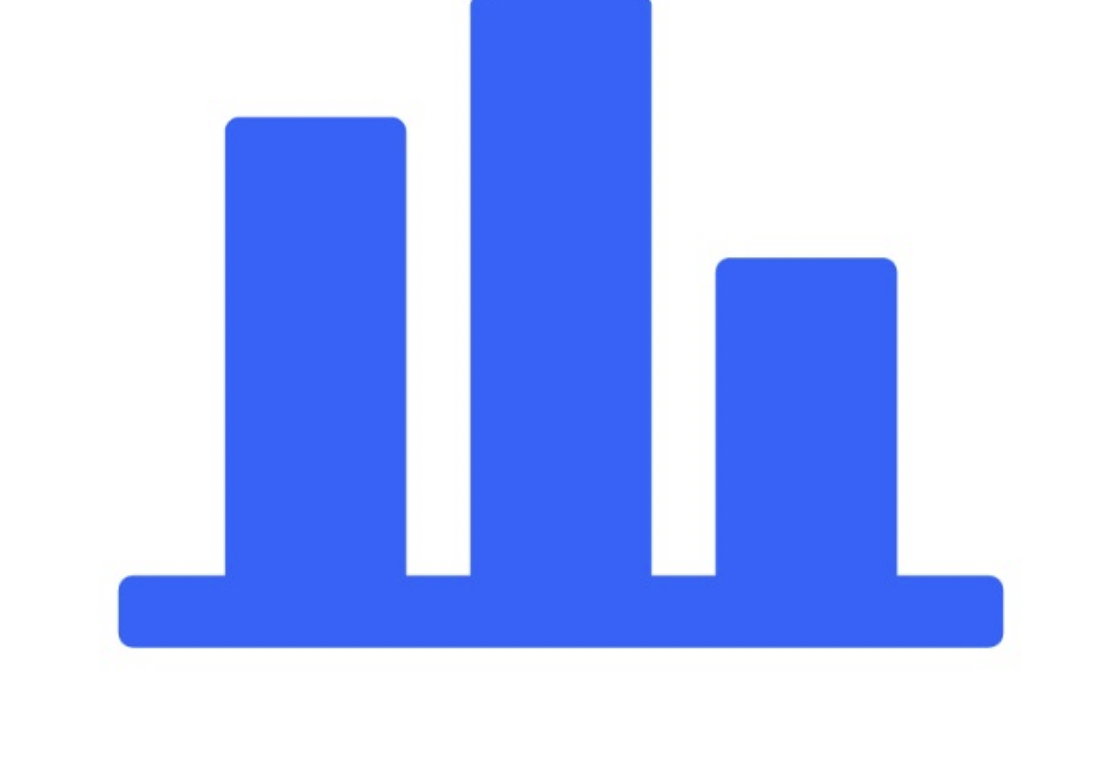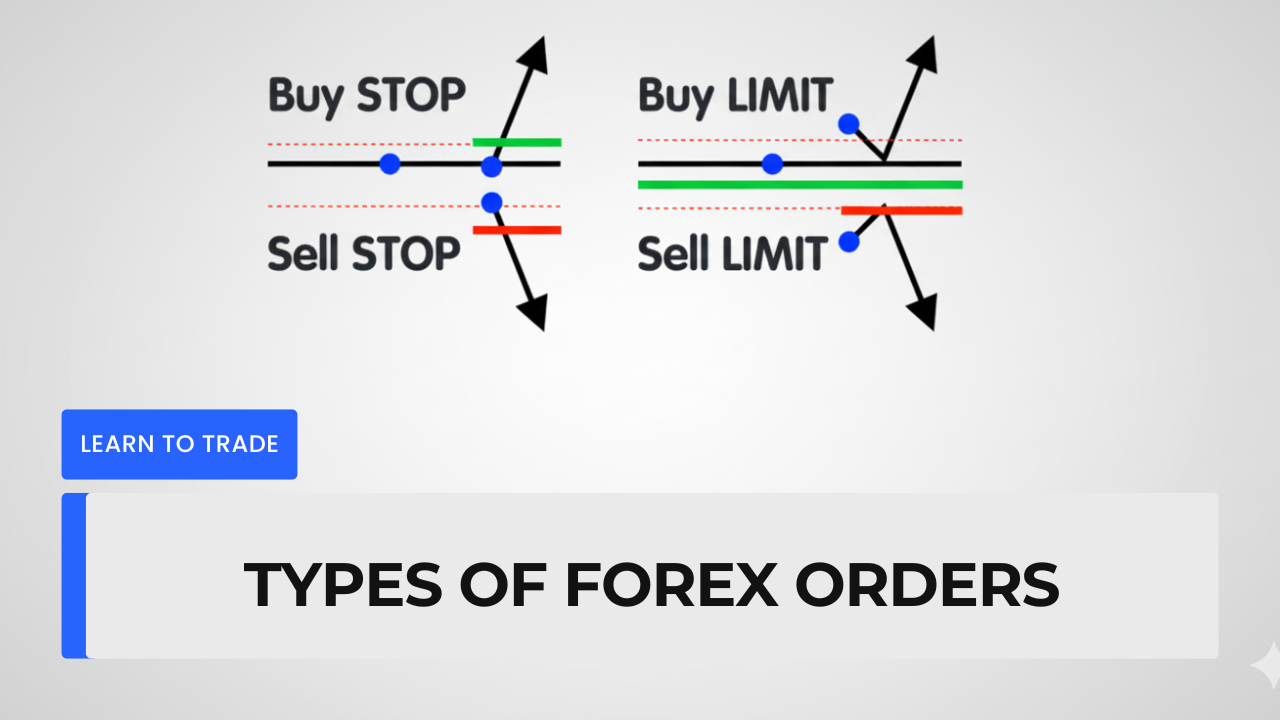Understanding How and When Your Trades Are Executed
In forex trading, success isn’t just about choosing the right currency pair — it’s also about knowing how to place your trades correctly.
Every trader needs to understand the different order types, how they work, and how to use them to manage risk effectively.
Let’s explore the main types of forex orders and how they shape your trading decisions.
1. Market, Limit, and Stop Orders
When you place a trade in forex, you’re giving your broker instructions on how and when to execute that trade.
These instructions are called orders, and there are three main types every trader should know.
A. Market Order
A market order executes immediately at the current market price.
It’s the simplest type of order — used when you want to enter or exit a position instantly.
Example:
If EUR/USD is trading at 1.1000 and you click Buy, your order will be filled at or very close to 1.1000.
Best for: Fast-moving markets or when you want to enter right away.
Note: The final price may differ slightly due to slippage during volatility.
B. Limit Order
A limit order lets you buy or sell a currency at a specific price or better.
This means your trade will only execute if the market reaches your desired price level.
Example:
If EUR/USD is trading at 1.1000 and you want to buy only if the price drops to 1.0950, you can set a buy limit order at 1.0950.
Your order will automatically trigger once that price is reached.
Best for: Traders who want to enter at a better price than the current market rate.
C. Stop Order
A stop order triggers when the market reaches a specific price beyond the current rate.
It’s commonly used to enter trades in the direction of momentum.
Example:
If EUR/USD is trading at 1.1000 and you believe it will keep rising once it breaks 1.1050, you can place a buy stop order at 1.1050.
When the market hits that price, your order becomes a market order and executes automatically.
Best for: Breakout traders who enter when price moves strongly in one direction.
2. Stop-Loss and Take-Profit Orders
Every good trading plan includes risk management, and that’s where stop-loss and take-profit orders come in.
These orders protect your account and help secure profits — automatically.
Stop-Loss Order
A stop-loss order automatically closes your trade if the market moves against you by a set amount.
It limits how much you can lose on a single trade.
Example:
If you buy EUR/USD at 1.1000 and set a stop-loss at 1.0950, your trade will close if the price drops to 1.0950 — limiting your loss to 50 pips.
Best for: Preventing large losses and managing risk during volatility.
Take-Profit Order
A take-profit order automatically closes your trade when the market reaches your profit target.
It locks in gains without you having to monitor the market constantly.
Example:
If you buy EUR/USD at 1.1000 and set a take-profit at 1.1100, your position will close when the price hits 1.1100 — securing a 100-pip profit.
Best for: Protecting profits and maintaining discipline.
Combine Both for Smart Trading
Most traders use both stop-loss and take-profit orders together — defining a clear risk-to-reward ratio before entering a trade.
Example:
- Stop-Loss: 50 pips below entry
- Take-Profit: 100 pips above entry
This creates a 1:2 risk-reward ratio — risking $1 to potentially earn $2.
3. Order Execution Explained
When you click “Buy” or “Sell,” your order doesn’t just disappear into space — it goes through a precise execution process handled by your broker and liquidity providers.
How It Works:
- You place an order on your platform (e.g., MT4, cTrader, or TradingView).
- Your broker receives it and connects to liquidity providers (banks or financial institutions).
- The order executes at the best available price in the market.
- You see the confirmed trade instantly on your screen.
Types of Execution
- Instant Execution: The trade fills immediately at the quoted price or not at all.
- Market Execution: The trade fills at the best available market price (even if it differs slightly from the quoted price).
Example:
You place a market order to buy EUR/USD at 1.1000.
If liquidity is tight or price moves fast, your order may fill at 1.1002 — this difference is known as slippage.
Key Takeaways
✅ Market orders execute instantly at the current price.
✅ Limit and stop orders trigger at pre-set prices for better control.
✅ Stop-loss and take-profit protect your capital and profits automatically.
✅ Understanding order execution helps manage expectations and reduce surprises during trading.
Final Thoughts
Knowing how to use the right order types can make your trading more precise, disciplined, and profitable.
Each order has a purpose — whether it’s to enter quickly, wait for the right price, or protect your capital.
At Holo Forex, we help traders master both strategy and execution.
Because successful trading isn’t just about predicting the market — it’s about controlling how you trade it.


